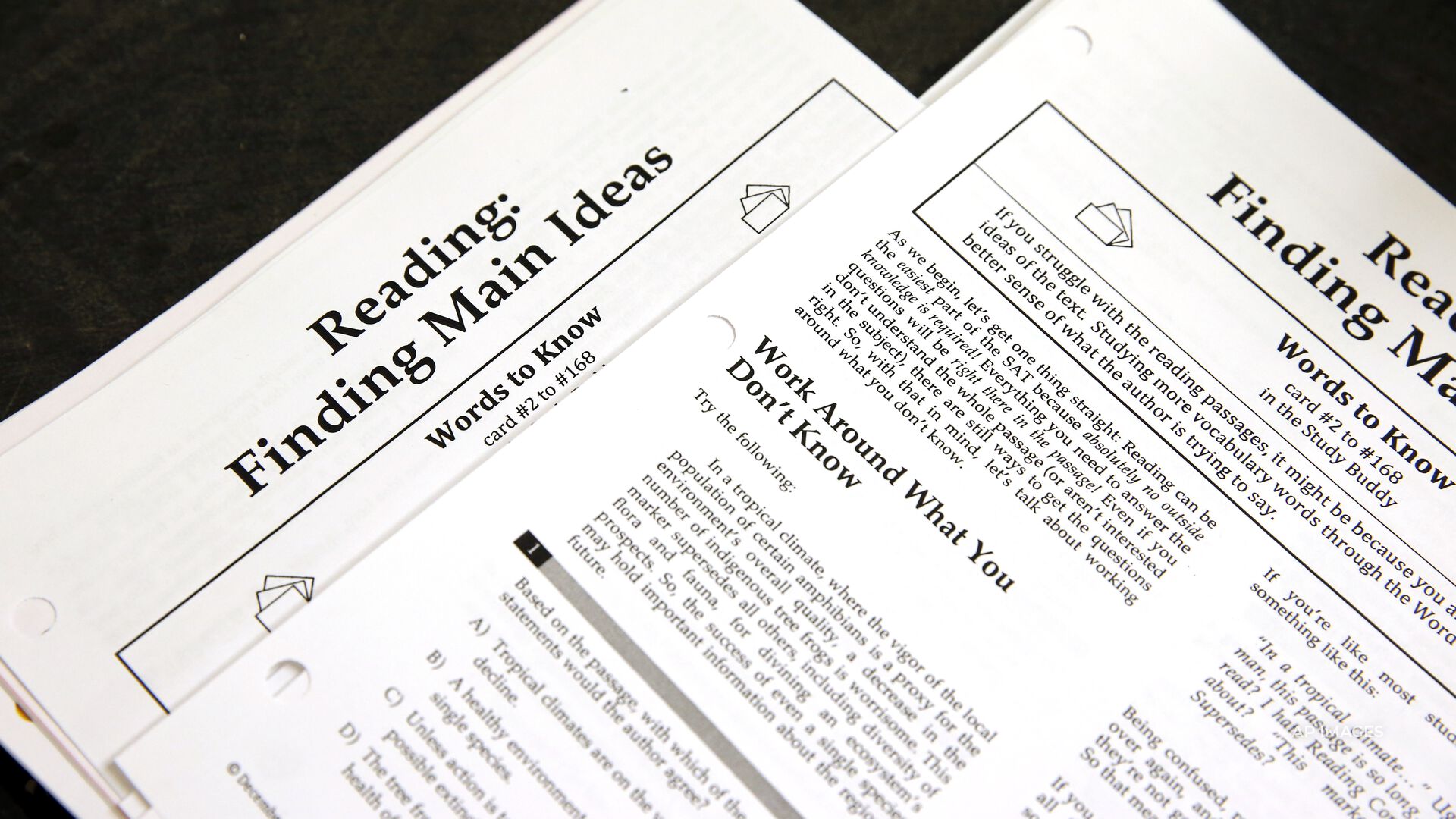
Tech
US SAT exams to go digital in 2024 to become ‘more relevant’
Gwen Baumgardner: PUT AWAY THOSE NUMBER 2 PENCILS.
S-A-T TESTING IS GOING DIGITAL.
THE COLLEGE BOARD MADE THE ANNOUNCEMENT TUESDAY, SAYING IN 20-24, S-A-T TEST-TAKERS IN THE U.S. WILL BE ALLOWED TO USE THEIR OWN LAPTOPS OR TABLETS.
THOUGH THEY’LL STILL HAVE TO COMPLETE THE TEST AT A MONITORED TESTING SITE.
IN ADDITION TO GOING DIGITAL — THE S-A-T WILL SOON BE AN HOUR SHORTER IN LENGTH.
THE MAIN READING — WRITING — AND MATH PORTIONS WILL DROP FROM THREE HOURS TO TWO.
OFFICIALS WITH THE COLLEGE BOARD SAY THE SWITCH WILL MAKE THE EXAM MORE RELEVANT, AS COLLEGES BEGIN MAKING STANDARDIZED TESTS OPTIONAL FOR ADMISSION.
Unbiased news. Directly to your inbox. Free!
Learn more about our emails. Unsubscribe anytime.





